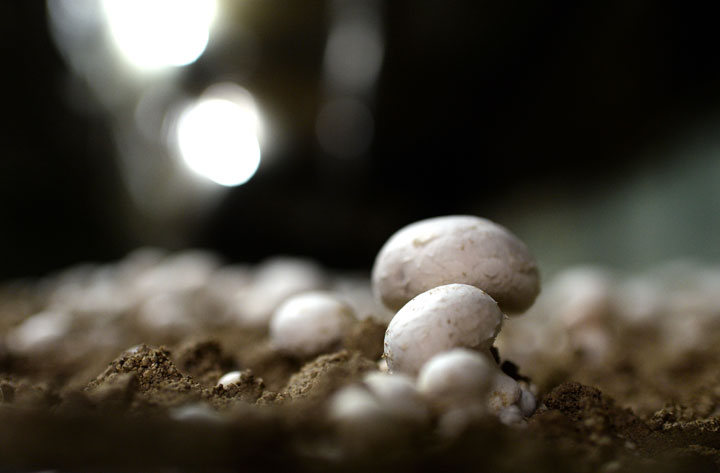A 52-year-old woman needed a liver transplant after she turned up in hospital, having eaten wild mushrooms she found in a Toronto park. In a study documenting her case, doctors are now warning Canadians to be wary of eating wild mushrooms they’ve foraged for – they could be poisonous and mistaken for edible varieties.

Scientists out of Sunnybrook Health Sciences Centre in Toronto say that foraging is gaining popularity, but mushrooms could be easily misidentified.
“Distinguishing safe from harmful mushrooms is a challenge even for mycologists,” co-author, Dr. Adina Weinerman, said, referring to scientists who study fungi.
“Patients should be counselled that poisonous and edible mushrooms can be very similar in appearance and that wild mushrooms of uncertain identity should not be eaten. This information is especially important for immigrants who might mistake local poisonous mushrooms for familiar edible species from their native land,” she and her colleagues wrote in their study published Monday in the Canadian Medical Association Journal.
The case study focuses on a woman who had emigrated from Asia. Last summer, she foraged for wild mushrooms at a local park with her husband and ate the produce for dinner. By the morning, she showed up in hospital with severe stomach and gastrointestinal pain and ended up needing a liver transplant to save her life.
READ MORE: Can pesticides trigger allergic reactions? They did in a rare Canadian case
The patient knew right away that it was the mushrooms that she ate, according to Corey Stein, a medical resident at Sunnybrook and the University of Toronto. He’s part of the treatment team that initially saw the patient.
- Canadian man dies during Texas Ironman event. His widow wants answers as to why
- ‘Sciatica was gone’: hospital performs robot-assisted spinal surgery in Canadian first
- Canadians more likely to eat food past best-before date. What are the risks?
- Treatment from female doctors leads to lower death rates, study finds
“When she first came in and was admitted, we weren’t fully aware of the consequences yet,” Stein told Global News.
She even brought the mushroom she consumed – called Aminata bisporigera – to the hospital. (That species, which includes over 600 types, causes the most deaths from mushroom poisoning, the study suggests.)
People dealing with poisoning from eating toxic mushrooms go through three phases, Stein explained. At first, they encounter gastrointestinal pain, nausea, vomiting and diarrhea within the first six to 24 hours after ingestion.
READ MORE: Did dated recommendations contribute to spike of food allergies in kids?
Then they go through what’s called a “false recovery” – the symptoms dissipate and the patient appears to improve. But it’s short-lived because about 48 hours after ingestion, the patient’s liver begins to fail leading to multi-organ failure and even death.
“The toxins in the mushroom can inhibit enzymes in the liver cells needed to make proteins and this leads to liver cell death,” Stein explained.
Right now, there is no antidote for mushroom poisoning, the researchers say. Doctors need to provide “aggressive care,” and continuous liver function monitoring while consulting with poison control centres and organ donation officials.
Charcoal can absorb the toxin, but delayed symptoms could limit its efficacy because it needs to be taken immediately.
Stein says that public health officials issued a warning about foraging last summer on the heels of the incident. Now, the team who treated the patient is publishing its findings to raise awareness.
READ MORE: Groups say babies may eat allergy-sparking foods as early as 6 months
“If you’re going to pick or forage for mushrooms in the wild, you need to be certain of the species of what you’re ingesting,” Stein said.
“We thought it’d be important for the public to be aware of this. It’s dangerous with steep consequences,” he said.
Stein said Ontario poison control centres will, on average, field about 200 calls per year related to potential mushroom poisonings.
Read the full findings here.
carmen.chai@globalnews.ca




Comments